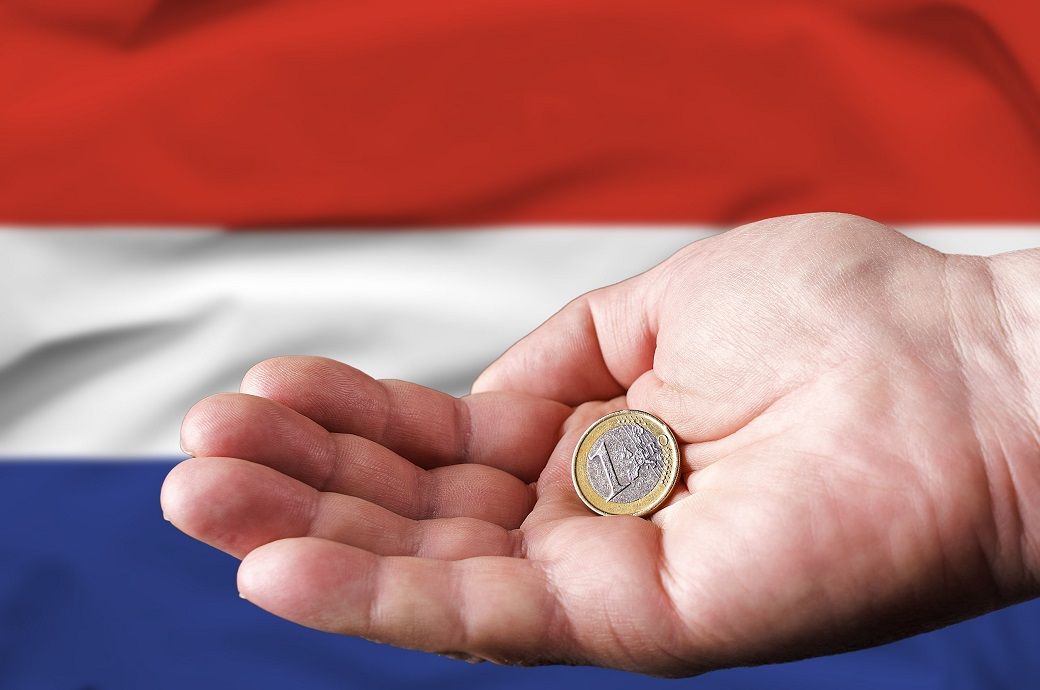
The Dutch economy witnessed growth in all main expenditure items barring inventories, according to Marcel Klok, a senior economist at multinational financial services corporation ING Netherlands. Gross capital formation also extended by 5.2 per cent as compared to the figures from the first quarter. The country’s goods exports rose by 2.7 per cent, while service exports jumped by 2.8 per cent.
GDP growth was positively impacted by the overall net contribution of international trade (1.2 per cent-point) in the second quarter of 2022 owing to a trade surplus. Moreover, import of services dropped by -2.5 per cent. The small energy supply sector; ICT (information and communications technology); semi-public services; water utilities; trade, transport and hospitality; specialised business services; and manufacturing also reflected growth figures of 8.8% quarter-on-quarter, 6.2 per cent, 3.6 per cent, 2.0 per cent, 3.6 per cent, 4.5 per cent, and 1,2 per cent, respectively.
However, growth expectations for the next quarters paint a less positive picture. High prices of energy and food will lead to reduction in the consumption of other items. Gas prices have surged in the past few weeks; more cuts in energy supplies from Russia could lead to even higher energy prices that could negatively impact the GDP of the Netherlands.
Fibre2Fashion News Desk (NB)